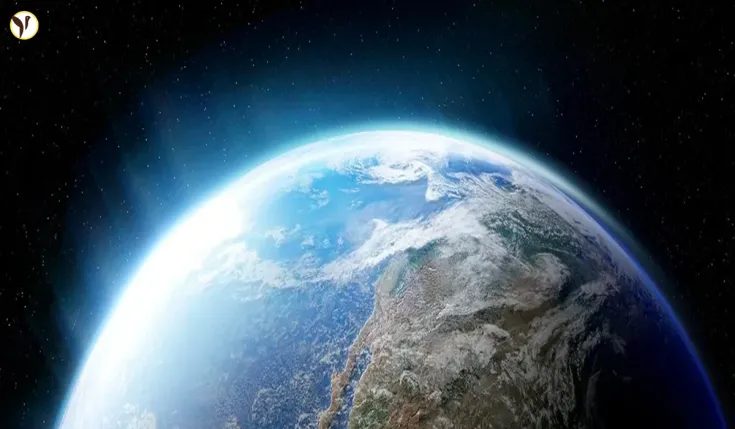Earth's Oxygen Decline: A Billion-Year Countdown?
It sounds like a science fiction movie, but new research suggests Earth's oxygen-rich atmosphere has an expiration date: approximately one billion years from now. This isn't an immediate threat, but it fundamentally changes our understanding of planetary habitability and the long-term future of life on Earth.
The Sun's Role in Oxygen Depletion
The culprit? Our Sun. As it ages, it steadily brightens, increasing solar radiation. This extra energy breaks down carbon dioxide (CO2) molecules in the atmosphere. CO2 is crucial for photosynthesis, the process by which plants create oxygen. Less CO2 means less photosynthesis, leading to a dramatic decline in atmospheric oxygen.
A Domino Effect of Extinction
This isn't a gradual process. Once triggered – potentially in as little as 10,000 years – the oxygen decline will accelerate rapidly. Within a relatively short geological timeframe, oxygen levels could plummet by a million-fold. This would render Earth uninhabitable for most complex life forms, including humans and most animals. The ozone layer, protecting us from harmful UV radiation, would also collapse.
A Methane-Rich Future
Adding to the problem, the breakdown of CO2 will lead to an increase in methane, a potent greenhouse gas. This further accelerates atmospheric deterioration, creating a toxic environment suitable only for anaerobic microorganisms—the same life forms that dominated Earth before the Great Oxidation Event billions of years ago.
Implications for Exoplanet Research
This research has significant implications for the search for extraterrestrial life. The assumption that oxygen is a universal biosignature—a strong indicator of life—may need revising. If Earth's oxygen-rich period is temporary, other potentially habitable planets may never develop high oxygen atmospheres. Scientists must broaden their search for other indicators of life.
A Distant, Yet Humbling, Future
While this oxygen depletion is billions of years away, it’s a sobering reminder of Earth's finite lifespan and the delicate balance that sustains life. It compels us to focus on the immediate challenges of climate change, biodiversity loss, and ensuring a healthy planet for future generations. The billion-year forecast highlights the transient nature of our current conditions and prompts crucial questions about our place in the universe and the long-term future of life.







